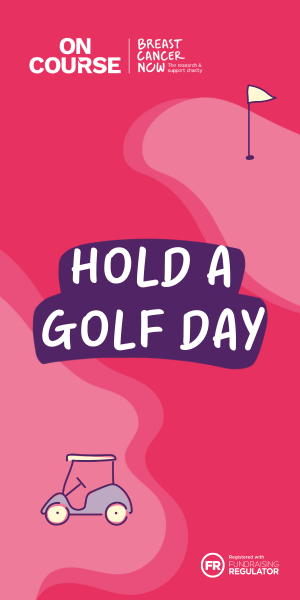Asian players have taken the women’s game by storm, but as Dr Kitrina Douglas explains, there is no real secret, they are only human, and all that players really need is self belief.

In recent years Asian golfers have not only dominated the Women’s British Open, but the Women’s World Rankings as well. However, in the 1980s when Japanese golfer Ayako Akamoto hit the headlines, few people had expected an Asian golfer could win our women’s open let alone rule the world. Now it’s not a surprise if a Korean or Taiwanese player wins, we almost expect it. But the recent success of Asian female golfers comes with a good deal of controversy about how they’ve achieved success. Like many of you perhaps, I’ve noticed how the lives of Se Ri Pak, Yani Tseng and Jiyai Shin to name but a few, are used both to promote certain forms of training as well as to criticise it.
For example, some people suggest the Korean and Taiwanese women players are successful because they are exposed to military like training camps with a rigid pressure cooker tutoring system, intense competition from a young age, and a culturally industrious work ethic. This, is why they are better than European and American women. Of course, this argument fails to acknowledge the pushy parents, coaches and performance directors are over here too, and the USA has developed more competitions for kids than almost any other country in the world. It’s not just in children’s football and tennis where parents and coaches have a reputation for aggressive parenting and coaching methods, it happens in golf too.
One of the participants in my research recounted a tale about her parents sending her to Coventry because she didn’t win a junior event she was supposed to win. The player in question went on to be a very successful tour player, but my point is, we don’t have to go too far from home to be aware of parents putting pressure on children to excel.
What Asia has benefited from is entering the golf industry milieu with an opportunity to learn from other countries and players. Because we know so much more now about motor skill development, biomechanics, mental preparation and so on, any individual or governing body looking to develop golf starts from a different place.
One of the areas where improvement is less easy to measure is mental skills. Rather stereotypically many people (wrongly) seem to think Asian golfers have the upper hand ‘naturally’ because they are less emotional and therefore tougher mentally. But that argument doesn’t seem to fit with what I see. There are plenty of tears being shed by young Asian players when things go wrong, and plenty of exuberance when things go right. Here again, culture (and what we think we know) colours what we expect. We (British) were traditionally said to be emotionally cold, and have ‘a stiff upper lip.’ That expectation set how children were educated and socialised. Television coverage shows this, in the 1950s a wave to the crowd was enough, but what sells sport nowadays are tears and summersaults.
For me, what we can learn from women like Akamoto, Pak, Tseng and Shin is a lesson about self belief and confidence. Before these players won in the USA many of their country folk or golf ’s connoisseurs didn’t think it was possible. Now they know it is. This is a lesson to us all. On a smaller scale it is too easy to take heed of what others tell us we can’t do – building up in our own mind all the reasons something is impossible. Perhaps one way to become a better player is just to ask, what do I need to do? And then take small steps towards what you would like to achieve.















